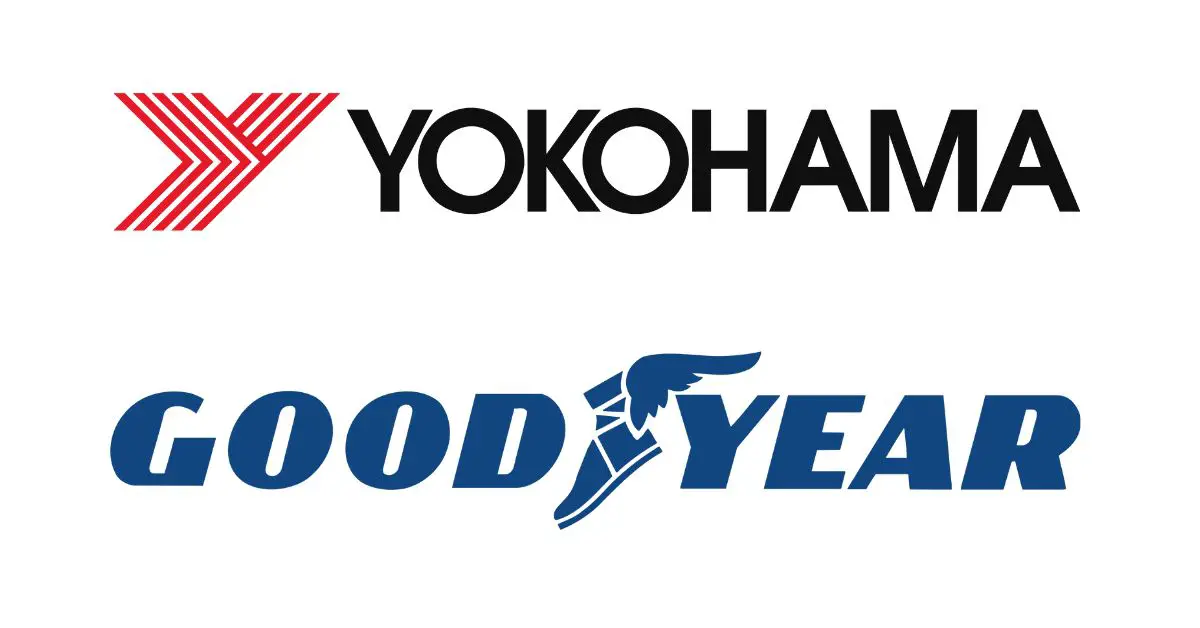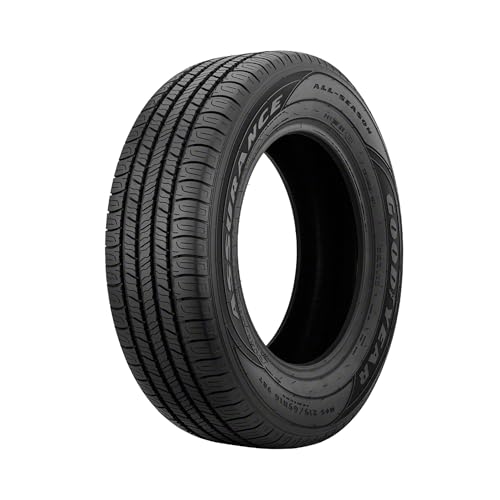Choosing the right tires for your vehicle can feel overwhelming, especially when you’re torn between top brands like Yokohama and Goodyear. Both have solid reputations for quality and performance, making the decision even tougher. So, how do you decide which one suits your needs best?
Overview of Yokohama and Goodyear Tires
Choosing between Yokohama and Goodyear tires involves understanding their backgrounds and distinguishing features. Both brands offer high-quality products but have unique strengths.
Background of Yokohama
Yokohama Tire Corporation, founded in 1917, is a subsidiary of Yokohama Rubber Company in Japan. The brand has a reputation for producing tires with advanced technology and innovation. Yokohama focuses on performance, safety, and environmental sustainability. Popular models include the Advan Sport V105 and Geolandar A/T G015, favored for their grip and durability across various driving conditions.
Background of Goodyear
Goodyear Tire & Rubber Company, established in 1898, is an American multinational with a historic presence in the tire industry. Known for their durability and versatility, Goodyear tires cater to diverse driving needs, from everyday commuting to high-performance racing. Highlighted models like the Assurance All-Season and Eagle F1 Asymmetric 3 exemplify Goodyear’s commitment to quality and innovation.
Performance Comparison
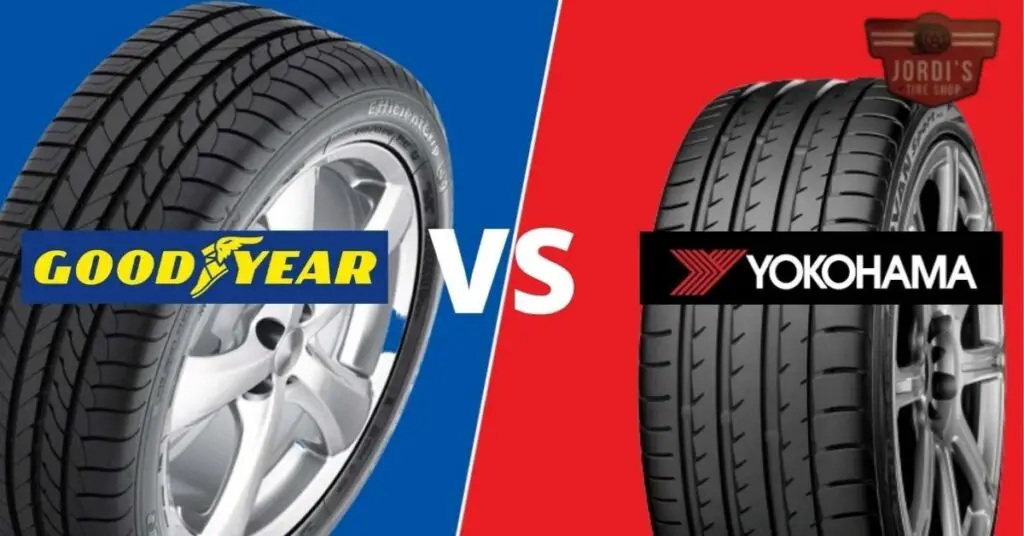
Comparing the performance of Yokohama and Goodyear tires helps determine the best choice for your driving needs.
Tread Life and Durability
Yokohama emphasizes advanced rubber compounds that enhance tread life. Models like the Advan Sport V105 deliver a long-lasting performance. Goodyear, known for robust designs, uses technologies like DuPont Kevlar in tires such as Wrangler All-Terrain Adventure. This construction boosts durability for heavy-duty use.
| Brand | Key Models | Durability Features |
|---|---|---|
| Yokohama | Advan Sport V105 | Advanced rubber compounds |
| Goodyear | Wrangler All-Terrain | DuPont Kevlar for robust construction |
Handling and Grip
Yokohama excels in handling with its specialized tread patterns. The Geolandar A/T G015 offers exceptional grip on various surfaces, enhancing off-road performance. Goodyear focuses on all-condition traction. The Eagle F1 Asymmetric 3 integrates ActiveBraking Technology, improving wet and dry handling.
| Brand | Key Models | Handling Features |
|---|---|---|
| Yokohama | Geolandar A/T G015 | Specialized tread patterns for grip |
| Goodyear | Eagle F1 Asymmetric 3 | ActiveBraking Technology for all-condition traction |
Price and Value
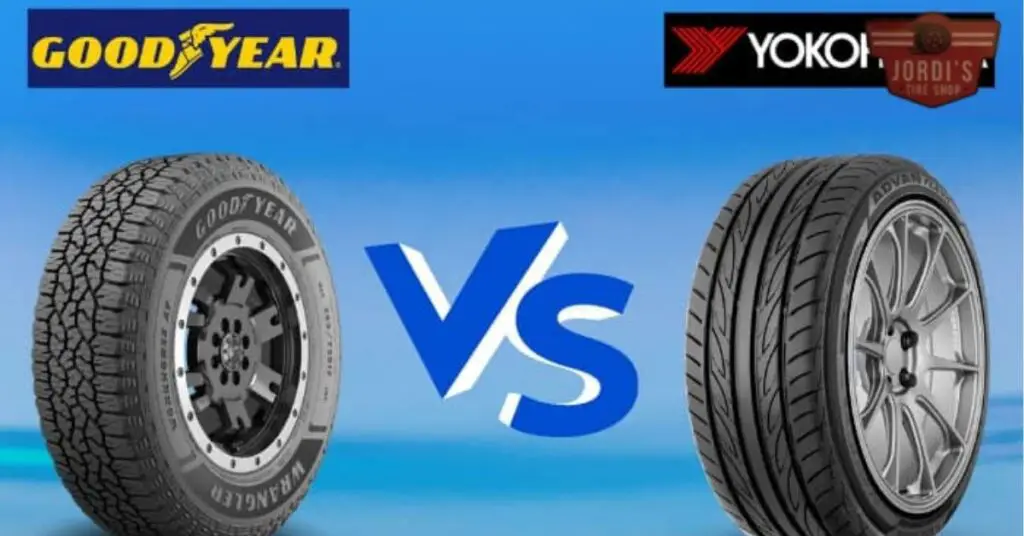
Choosing between Yokohama and Goodyear tires involves considering their price points and overall value relative to performance, durability, and features.
Cost Analysis
Yokohama tires generally come at a mid-range price. Popular models like the Yokohama Geolandar A/T G015 range from $120 to $200 per tire. These tires offer excellent value considering their advanced rubber compounds and specialized tread patterns.
Goodyear tires, on the other hand, often reside in the higher price bracket. Models such as the Goodyear Eagle F1 Asymmetric 3 typically cost between $150 and $250 per tire. The higher price reflects Goodyear’s investment in premium materials and proprietary technologies like ActiveBraking Technology and DuPont Kevlar.
Consider your driving needs and budget when evaluating these price points. Yokohama provides a cost-efficient solution for those seeking balance and advanced grip, while Goodyear offers premium features at a higher cost.
Warranty and Customer Service
Yokohama’s warranty covers tread life up to 85,000 miles depending on the model. Their limited warranty includes standard protections against defects and material issues. Yokohama also offers a satisfaction guarantee for a limited period after purchase.
Goodyear provides a robust warranty that varies by model but commonly covers up to 80,000 miles for treadwear. Their customer service includes road hazard protection, a 30-day satisfaction guarantee, and a comprehensive warranty on manufacturing defects.
Both brands offer strong warranties, but Goodyear’s additional customer service options like road hazard protection may add extra value. Evaluate your specific needs and warranty preferences to choose the right tire brand for your vehicle.
Specialized Uses
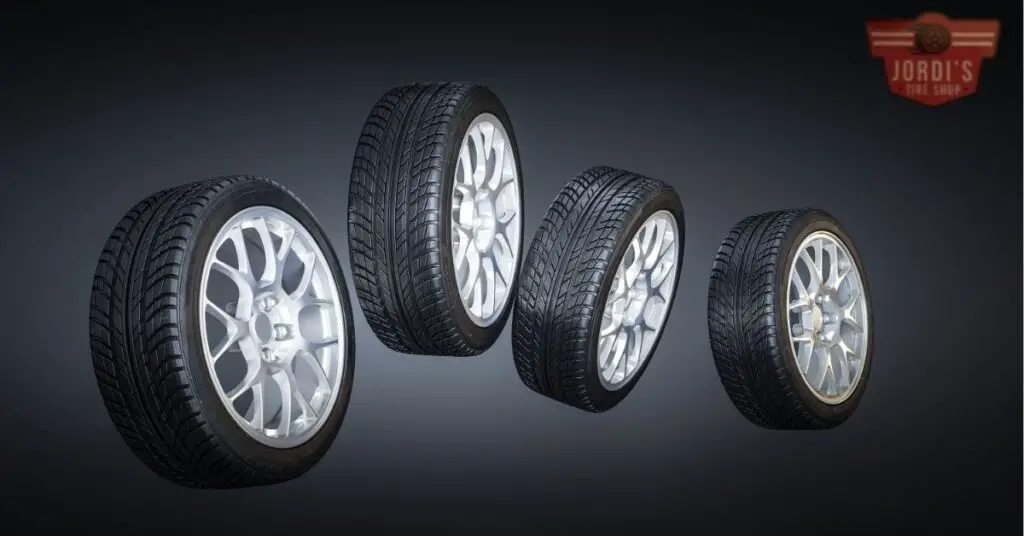
Yokohama and Goodyear tires excel in different specialized uses. Understanding these distinctions helps you choose the best tire for your driving needs.
Winter Driving
Yokohama’s BluEarth Winter series offers superior traction on icy roads. The tires feature a high-density compound and micro-silica to enhance grip in low temperatures.
Goodyear’s UltraGrip series focuses on snow performance. With technologies like Winter Reactive tread and 3D TredLock blades, these tires ensure safer winter driving.
Off-Road Capabilities
Yokohama’s Geolandar series targets off-road enthusiasts. The Geolandar M/T G003 model provides exceptional handling on rugged terrains with its aggressive tread pattern and reinforced sidewalls.
Goodyear’s Wrangler series serves those who need off-road durability. The Wrangler All-Terrain Adventure tire, made with DuPont Kevlar, offers puncture resistance and reliable performance on rough surfaces.
Environmental Impact
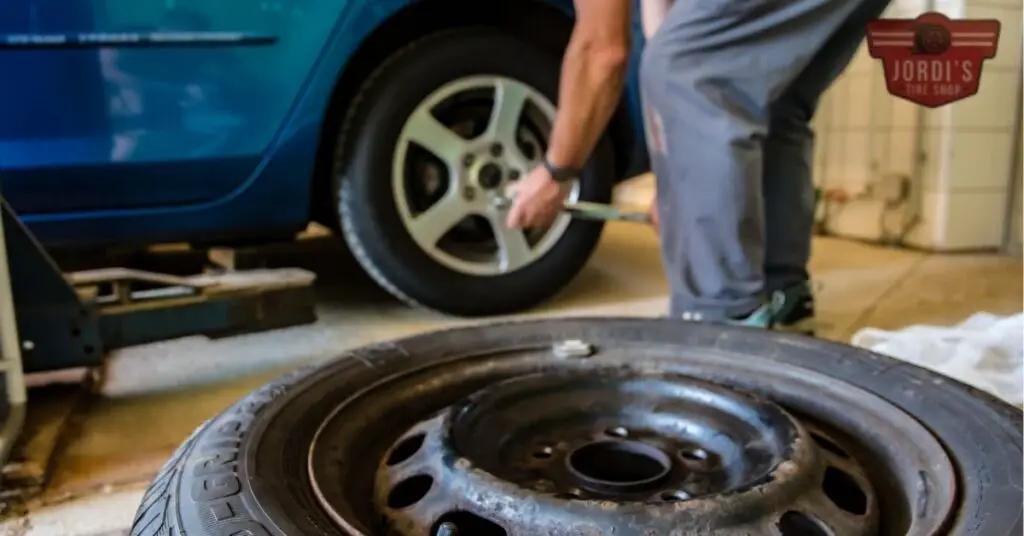
When considering Yokohama and Goodyear tires, it’s important to evaluate their environmental impact.
Sustainability Efforts
Both Yokohama and Goodyear engage in significant sustainability efforts to reduce their environmental footprint. Yokohama focuses on reducing CO2 emissions and waste generation in their manufacturing processes. Through their “Forever Forest” initiative, Yokohama plants thousands of trees at their manufacturing sites worldwide to absorb CO2 and promote biodiversity.
Goodyear, on the other hand, emphasizes energy efficiency and resource conservation. They employ various strategies to reduce water and energy usage across their factories. Goodyear participates in the U.S. Environmental Protection Agency’s SmartWay program, aiming to improve freight transportation efficiency, thereby lowering greenhouse gas emissions.
Eco-Friendly Products
Yokohama and Goodyear offer eco-friendly tire options to meet consumer demand for sustainable products. Yokohama’s BluEarth series incorporates orange oil and other natural materials to enhance fuel efficiency and tread life, reducing the environmental impact. These tires also meet stringent low rolling resistance standards, contributing to lower emissions.
Goodyear’s Assurance Fuel Max tires are designed to reduce rolling resistance and improve fuel economy, helping vehicles achieve better mileage and lower CO2 emissions. They use innovative tread compounds and design features to achieve these benefits, making them a practical choice for environmentally conscious consumers.
Considering these sustainability efforts and eco-friendly products, you can make a more informed decision when choosing between Yokohama and Goodyear tires.
Conclusion
Choosing between Yokohama and Goodyear tires depends on your specific needs and priorities. Yokohama offers advanced rubber compounds and excels in icy conditions with their BluEarth Winter series. Goodyear provides durability and snow performance with technologies like DuPont Kevlar and ActiveBraking.
For off-road adventures Yokohama’s Geolandar series delivers exceptional handling while Goodyear’s Wrangler series stands out for durability. Both brands are committed to sustainability with Yokohama focusing on CO2 reduction and Goodyear emphasizing energy efficiency.
Considering performance, specialized uses, and environmental impact will help you make an informed decision that aligns with your driving requirements and values.
Related Posts:
- Yokohama vs Hankook Tires: Performance, Durability, and Pricing Compared
- Yokohama vs Goodyear Tires: Performance, Durability, and Eco-Friendliness Compared
- Yokohama vs Bridgestone: Which All-Terrain Tire Reigns Supreme?
- Nitto vs Michelin Tires: Which Brand is Best for Your Driving Needs?
- Falken vs Michelin Tires: Which Brand Offers Better Performance and Value for Money?
- BFGoodrich vs Michelin: Which Tire Brand is Best for Your Vehicle?
- Goodyear vs Michelin: Which Tire Brand is Best for Your Vehicle?
- Michelin vs Pirelli Tires: Which Brand is Best for Your Car?
- Firestone vs Michelin Tires: A Detailed Comparison of Performance and Value
- Toyo vs Michelin Tires: Which Brand Offers the Best Performance and Value?
- Hankook vs Michelin Tires: Which Brand Offers the Best Performance and Value?
- Goodyear vs Bridgestone Tires: In-Depth Comparison of Performance, Durability, and Customer Reviews
- Continental vs Pirelli Tires: A Comprehensive Comparison of Performance and Value
- Continental vs Bridgestone Tires: Which Brand Offers Better Performance and Durability?

